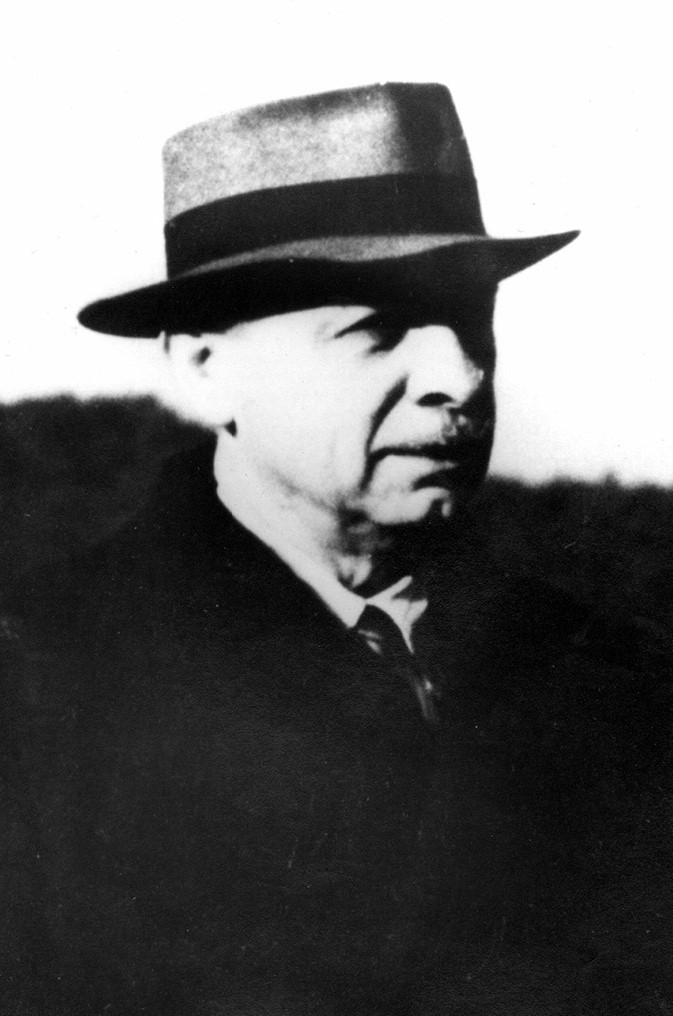Wilhelm Jost
(1874-1944)took on the job as a government official in the Hessian civil service after his training and worked as a government architect in Gießen and Friedberg. In 1905, he became chairman of the building authority for the new buildings of the spa facilities in Bad Nauheim. In the period from 1912 to 1939, he was the director of urban development in Halle (Saale). He had already created several concepts for the building of flats and the development of the city but these were only realised from 1918 onwards. The garden city and home ownership movement as well as significant trends in modern urban planning increasingly influenced Jost’s views and thus the development of housing in Halle. In the mid-1920s, the first general development plan for the city was created under his direction. The Wasserturm Süd on Lutherplatz (1927/28) too, the Ratshof on the Marktplatz, the city pool, the Sparkasse on Rathausstraße and the Mitteldeutsche Kampfbahn (later Kurt-Wabbel-Stadium, today Erdgas-Sportpark) all go back to Jost. Today, he is considered the most important city planner of the first half of the 20th century in Halle (Saale).
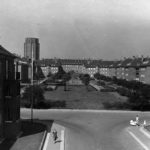 2
2
Lutherplatz estate with Wasserturm Süd
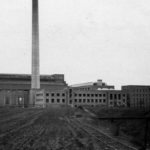 5
5
Trotha power station
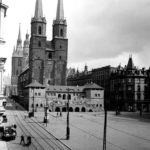 6
6
Transformer station
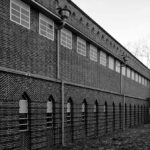 7
7
Transformer station
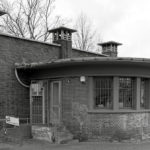 8
8
Transformer station with petrol station
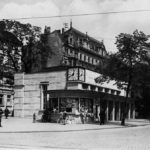 9
9
Transformer station
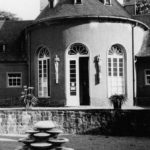 15
15
Solbad Wittekind
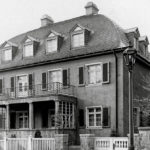 26
26
Residential building
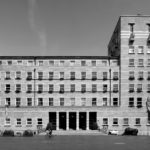 35
35
Ratshof
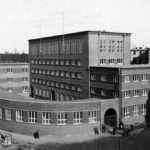 36
36
Former employment office and municipal services
 41
41
Burg Giebichenstein
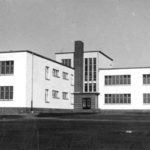 42
42
Diesterweg School and Reichwein Secondary School
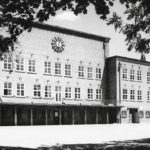 43
43
